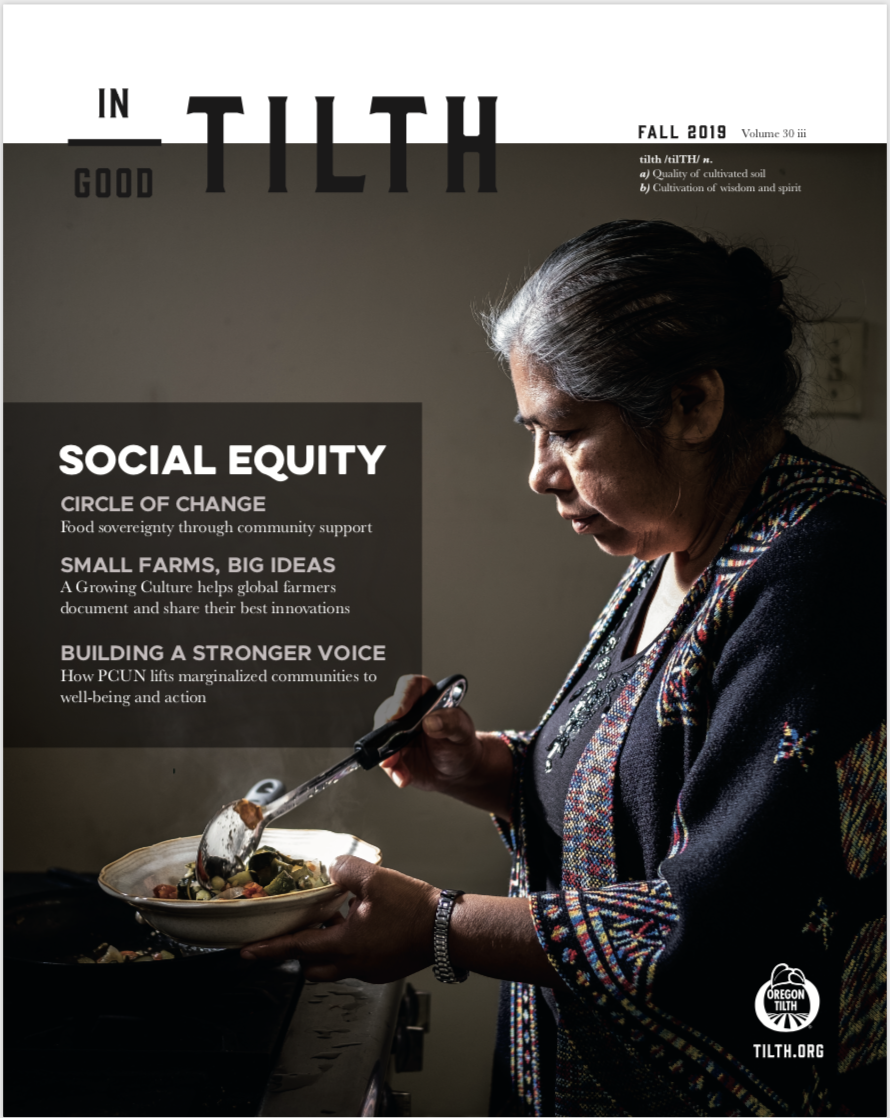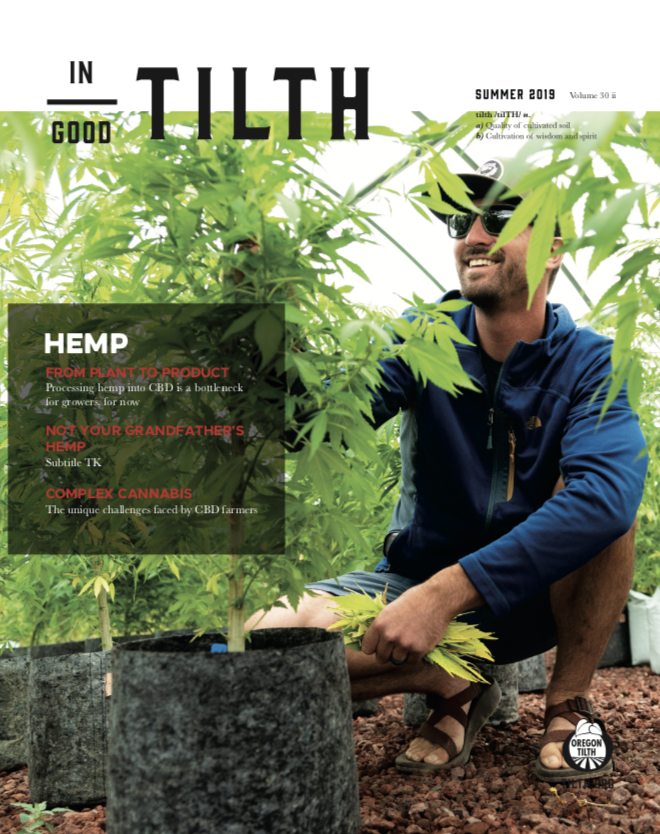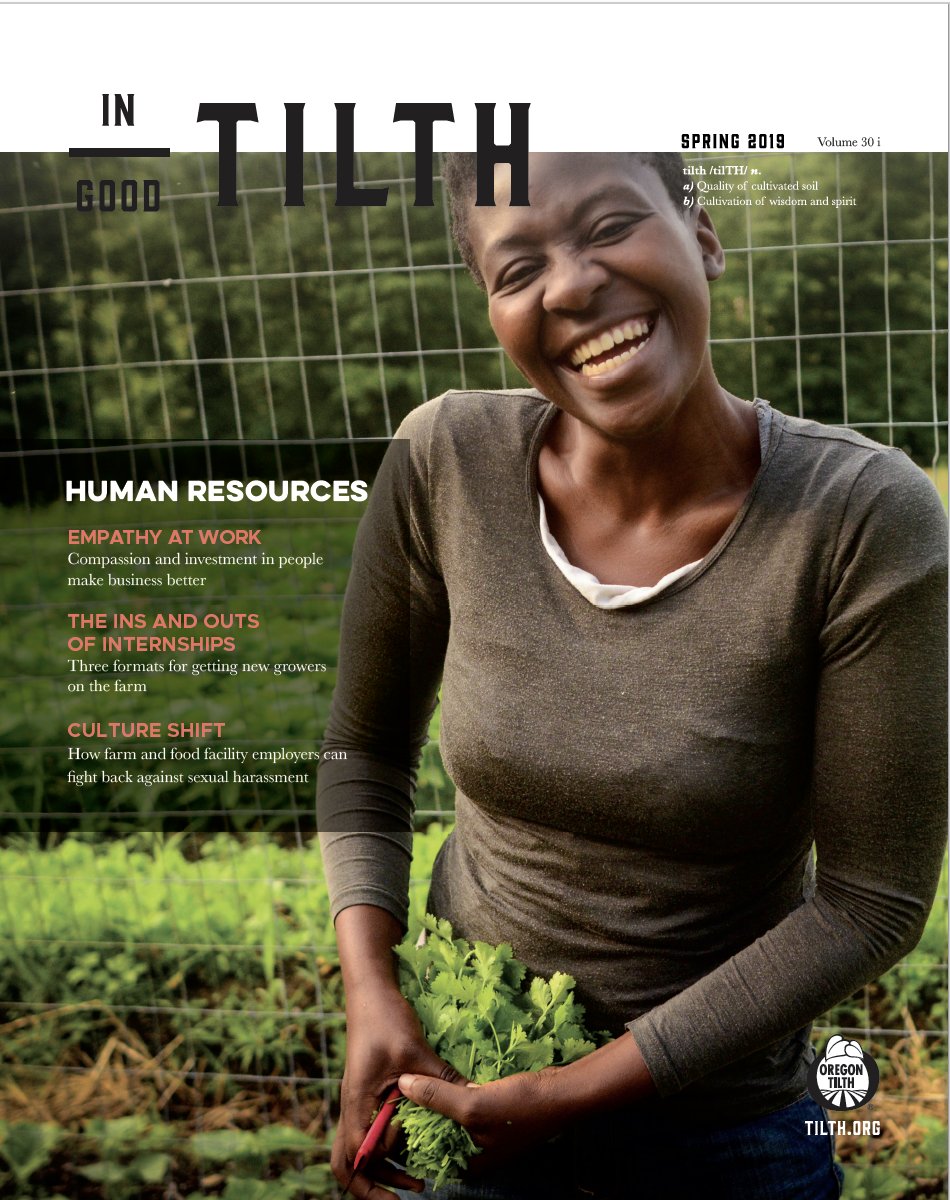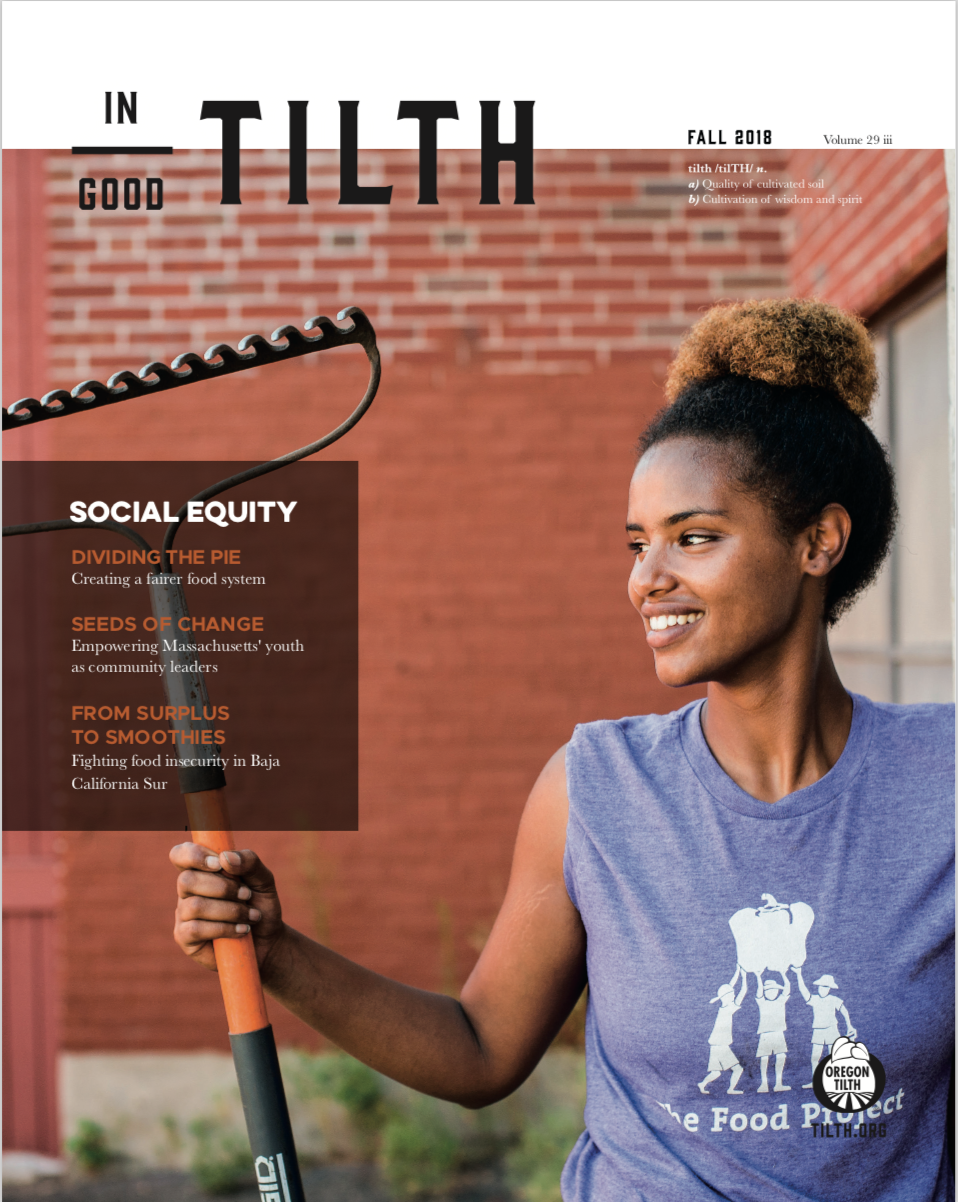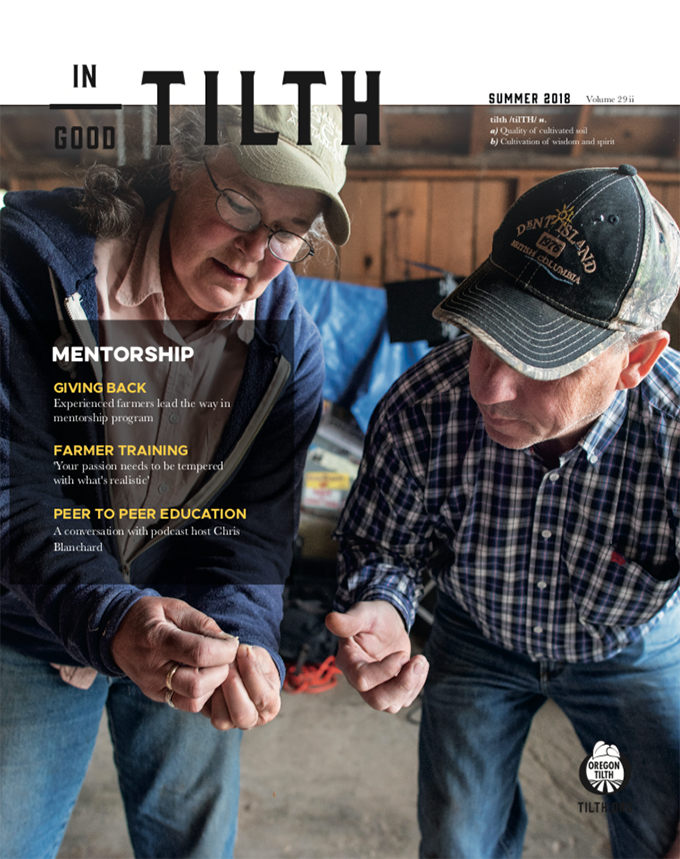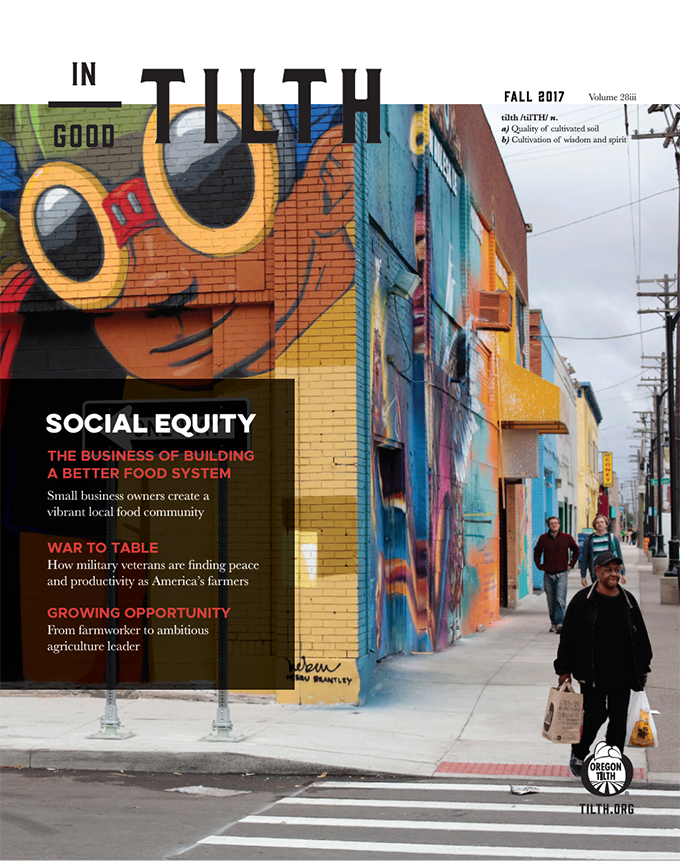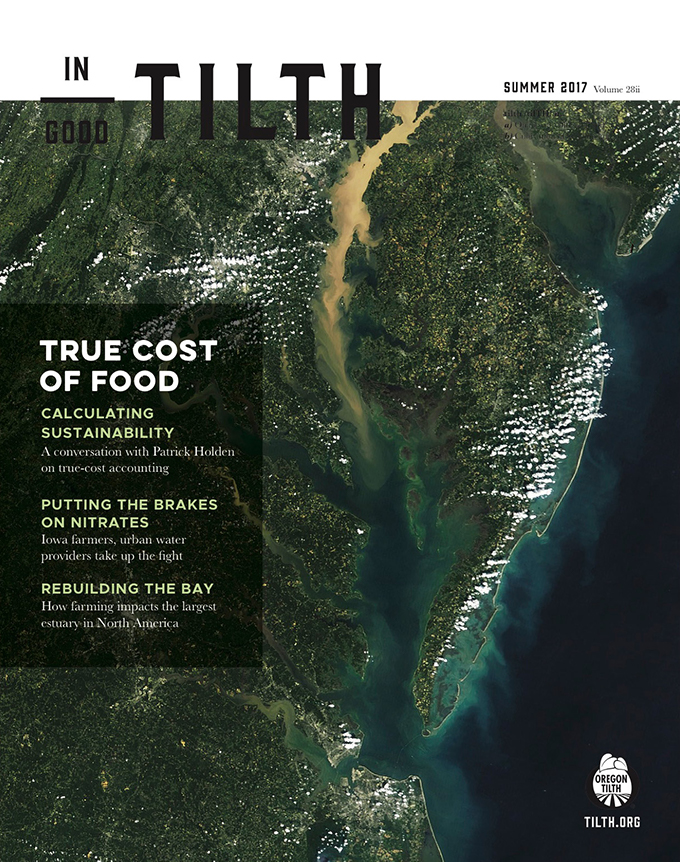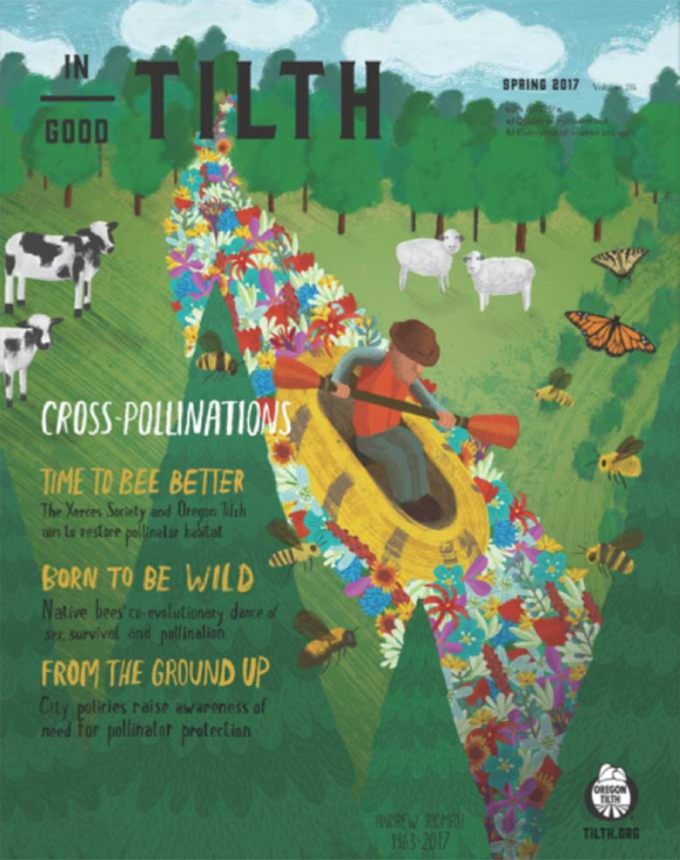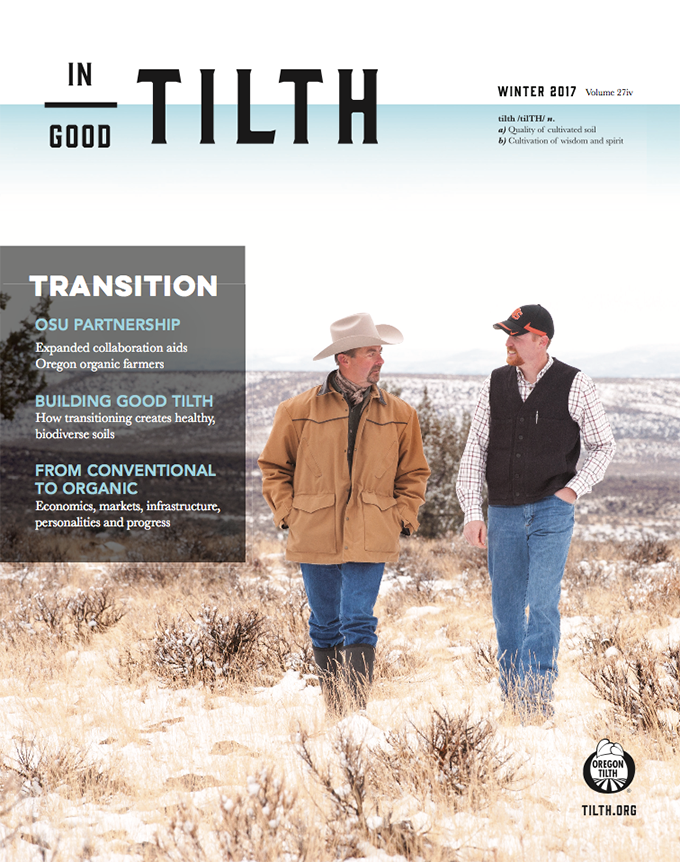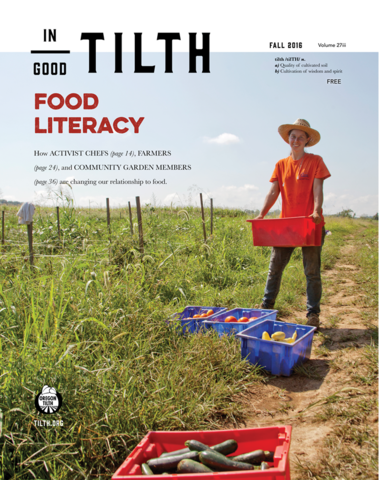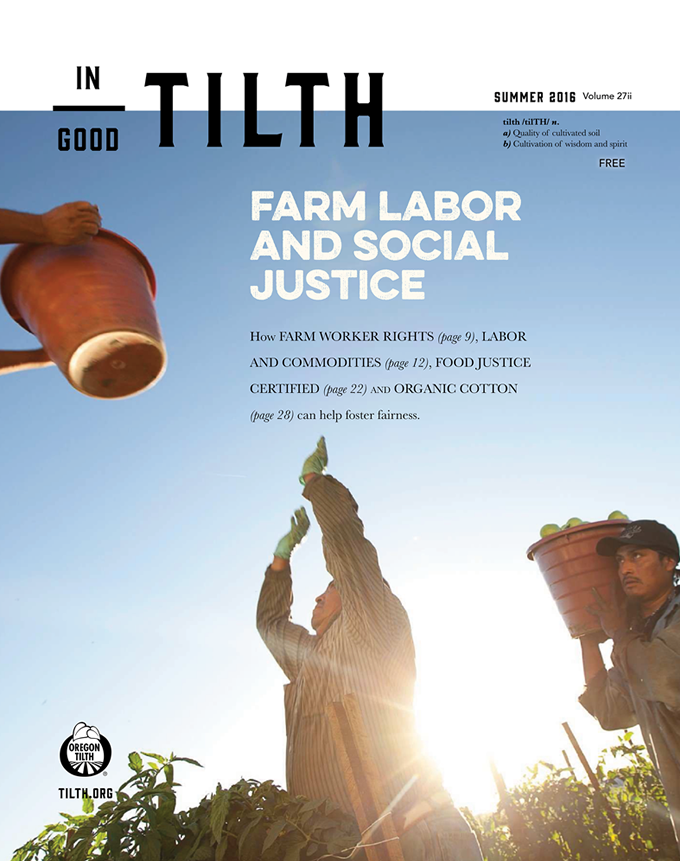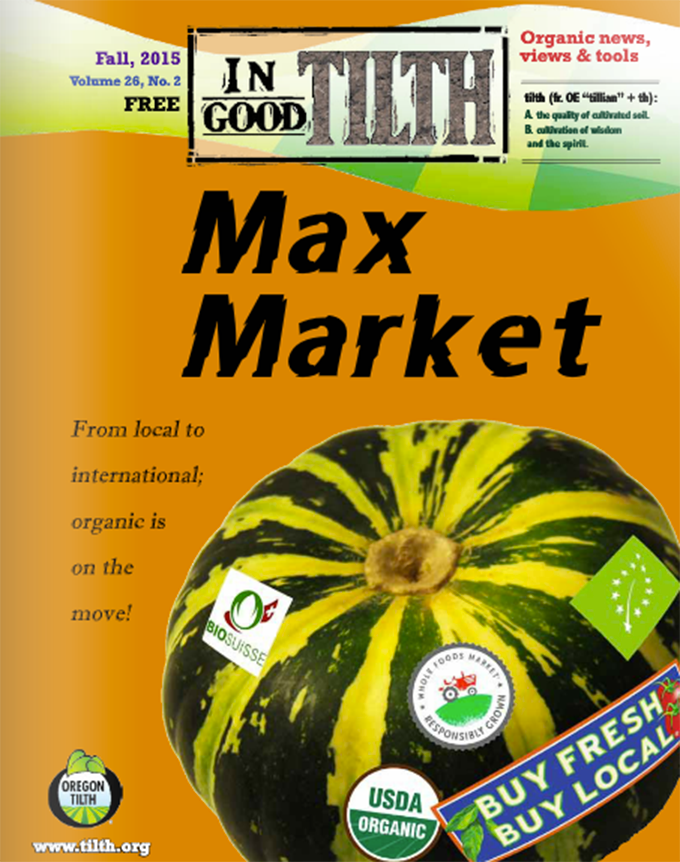There on store display lay the perfect package of grapes, so tempting. It being open, I popped one in my mouth. Then a voice came. It said, “No Uvas!” The grape became a looking glass. Its dew became sweat on the young Cesar Chavez’s brow as he picked lettuce and beets in the hot sun. It was the Salinas Valley in the early ’40s, and Chavez came from the nameless migrant workers toiling in the fields. He may have started common enough, but he became a standout. A champion of worker rights and a living legend.
He was hardened by corrupt contractors, hellish labor camps and back-breaking work. But his spirit was strong, and his sense of justice unwavering.
Service in the U.S. Navy impressed the values of common cause and discipline on Chavez, and after his discharge, he joined the National Agricultural Worker Union in 1946, and later, the National Farm Workers Labor Union in 1948. This marked the beginning of his activist career.
Both Father Donald McDonnell, a Catholic priest, and Fred Ross, an organizer with the Community Service Organization, heavily impacted Chavez’s sensibility. Gandhi became his guiding light. Through these influences, Chavez became an adherent of political spirituality. In the underdog culture of agriculture, Chavez saw a way to blend service, religion and social justice.
In 1965, Chavez became involved in the Delano grape strike, where the Agricultural Workers Organizing Committee, comprised of Filipino American farm workers in Delano, California‚ rallied for wages equal to the federal minimum wage. He joined forces with Dolores Huerta and Richard Chavez, and the two groups merged forming the United Farm Workers of America in August 1966. The strike eventually involved a stunning 2,000 workers.
Chavez adopted the tactics from civil-rights movement, using volunteers from urban universities, and religious organizations, forming alliances with organized labor with a strict adherence to nonviolent tactics.
Six months later, Chavez and the NFWA led a strike of California grape pickers on the historic farm workers march from Delano to the California state capitol in Sacramento. The UFW encouraged all Americans to boycott table grapes as a show of support. The strike lasted five years and attracted national attention.
Responding to the grape industry’s refusal to control the use of pesticides on its crops, Chavez inaugurated an international boycott of table grapes.
Chavez’s movement inspired the founding of two Midwestern independent unions: Obreros Unidos in Wisconsin in 1966 and the Farm Labor Organizing Committee in Ohio in 1967. Former UFW organizers founded the Texas Farm Workers Union in 1975. During the 1980s, Chavez led a boycott to protest the use of toxic pesticides on grapes. “NO GRAPES” and “NO UVAS” bumper stickers were widespread. Stressing nonviolent methods, Chavez drew attention for his causes through boycotts, marches and hunger strikes. UFW organizers aimed for a reduction in produce sales by 15 percent — sufficient to wipe out the profit margin. The strikes and boycotts usually ended with bargaining agreements.
Oppositional forces aligned against him and faltered. The FBI built a 1,434-page file on him. Yet Chavez continued on, influencing the course of farm worker rights, unwavering in his adherence to radical and creative non-violence.
Chavez’s very body became emblematic for Chicano identity and enfleshed a living revolution.
Yet Chavez was not wholly a saint. He fired many members of the UFW on suspicion of being agents for either the Communist or Republican parties. In 1977, Chavez attempted to reach out to Filipino-American farm workers by meeting then-President of the Philippines, Ferdinand Marcos in Manila, and endorsed the regime‚ seen by human-rights advocates and religious leaders as a oppressive dictatorship.
In 1988, Chavez attempted another grape boycott, protesting the exposure of farm workers to pesticides. The boycott failed and Chavez undertook what was to be his last fast. He fasted for 35 days and lost 30 pounds. Thus began the health problems that may have contributed to his death.
After he passed, Chavez became the most nationally honored labor organizer in U.S. history. A partial list of honors include: March 31 is a state holiday in California, Colorado, and Texas; Chavez monuments and statues have been erected at California State University San Marcos; and Chavez Plaza at the University of Texas at Austin. Laredo, Texas observes Cesar Chavez Month during March, and the Mission District of San Francisco observes the Cesar Chavez Holiday Parade in April, with Latino products, union celebrations and Native American dances. Stevie Wonder referenced Chavez in the song‚ “Black Man,” on his LP Songs in the Key of Life, and he was the subject of a biopic directed by Diego Luna. Across the states, innumerable streets and avenues have been renamed after him. In Los Angeles, Cesar E. Chavez Avenue, originally Brooklyn Ave., runs from Sunset Boulevard through East LA and Monterrey Park. In San Francisco, Army Street was renamed in his honor as was the east-west thoroughfare 39th Avenue in Portland, Oregon.
The California cities of Modesto, Sacramento, San Diego, Berkeley and San Jose have renamed parks after him. Amarillo, Texas renamed a bowling alley in his memory, and San Francisco State University renamed the student center in his honor.
In 1992, Chavez was awarded the Pacem in Terris Award — named after a 1963 encyclical letter by Pope John XXIII — that calls upon all people of good will to secure peace among all nations. In 2003, the United States Postal Service honored him with a postage stamp. He been lauded by Bill Clinton, California Governor Arnold Schwarzenegger and President Obama.
But for me, the grape will always be Chavez’s legacy, with all its dewy sweetness.


